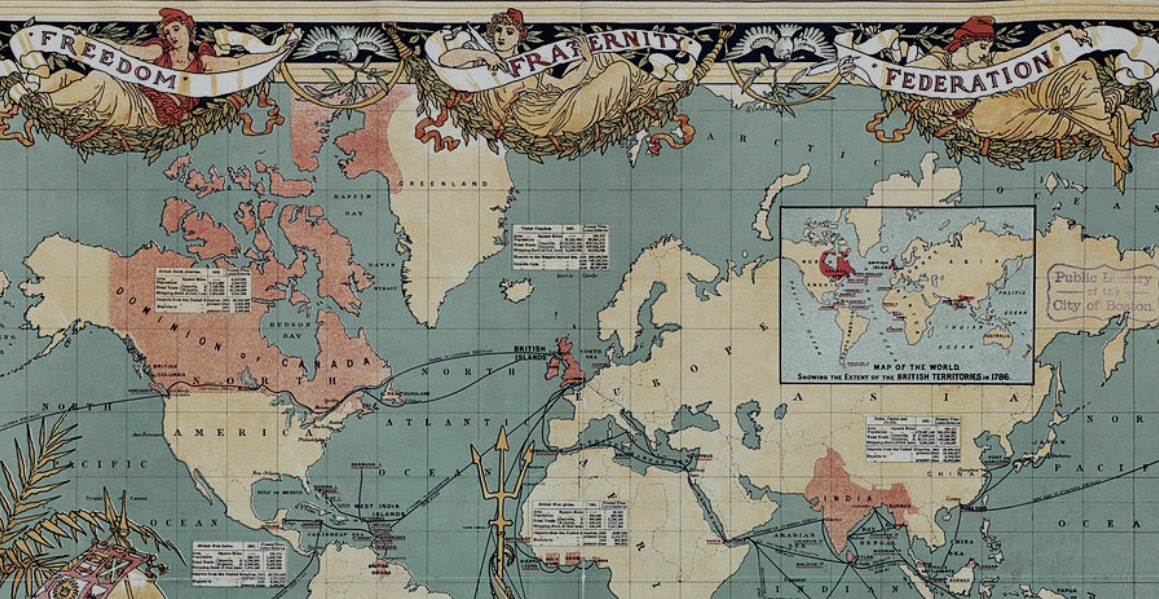Beginning on Tuesday, September 4, I will be teaching my first stand-alone literature course at the college level. That means I will be spending a good bit of time this summer preparing for my specific section of EN 121: Readings in World Literature. However, I also hope to spend some time planning and contemplating future teaching activities in the context of changes in higher education. What do these changes mean for my sense of vocation?
Although the job market for humanities professors, in particular, and the status of the postsecondary education industry, in general, are less than reassuring, I have at least the next few years as a Graduate Teaching Fellow ahead of me. And besides, I have always considered “education” to be a fluid process that includes a range of practices and interactions that stretch beyond the specific context of a teacher/student dyad—more of an event than an enterprise.
The perhaps naivë hope is that this fall semester will be a logical extension of the work I have done with younger learners, from kindergarteners to recent high-school dropouts. I am thinking back not only through my brief experiences with substitute teaching and tutoring but through creative writing and publishing projects with high-schoolers and 4th graders all the way back to my first attempt to facilitate critical conversation: the group I formed in 9th grade to discuss music, poetry, and film (we called our group, rather uncreatively, Modern Media Investigators). Although seemingly irrelevant to the CV that might eventually record my professional qualifications, these sorts of meandering projects and formative moments are a key to understanding my own path as a fledgling “academic” and aspiring teacher.
Not only that, I believe they point to the scope and depth of a living humanities tradition. A view of literature that encompasses everything from basic tasks of thinking, writing, and speaking to the established relics of cultural production will have more than only personal or private ramifications, if ongoing discussions about the future of higher/humanities education are anywhere near the mark. But as for my own story, I have no doubt that, wherever I end up in 10 years, a good part of my life will be driven by kinetic exchanges between teaching, learning, and acting.
That all being said, there are 3 books that I will be turning to this summer for the specific purpose of guiding my thoughts and planning.
1. Graduate Study for the Twenty-First Century by Gregory M. Colón Semenza (New York: Palgrave MacMillan, 2010): pp. 340.
2. The Joy of Teaching: A Practical Guide for New College Instructors by Peter Filene and Ken Bain (Chapel Hill, NC: University of North Carolina Press, 2005): pp. 159.
3. On Course: A Week-By-Week Guide to Your First Semester of College Teaching by James D. Lang (Cambridge, MA: Harvard University Press, 2010): pp. 319.
I read the first of these, Semenza’s book, before heading off to grad school last fall, and it provided a fantastic overview of graduate school and its relationship (or the lack thereof) to becoming a professor: practical—including sample syllabi, teaching statements, and other documents—with an orientation toward the big picture; realistic but not morose about graduate labor and job prospects; and, especially helpful for someone progressing through a formal program of study, largely chronological. I highly recommend it for potential graduate students in the humanities or for those in the thick of it who need to check their professional (and personal) priorities or reorient themselves for the next stage of their career.
I will try to post some comments on these other two titles once I get back from the Digital Humanities Summer Institute and get a chance to look through them.

